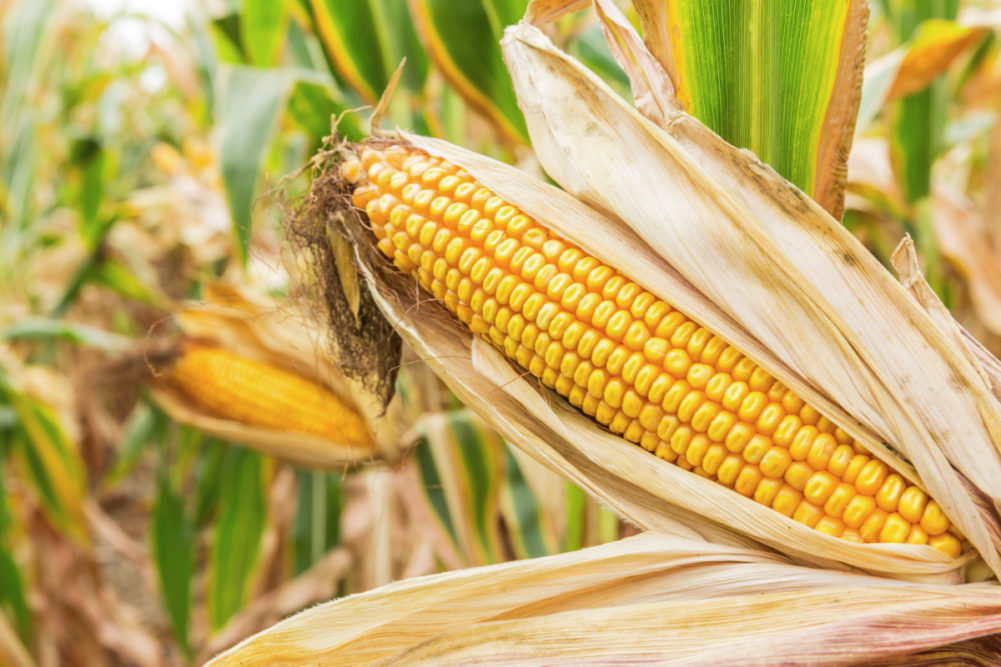TEL AVIV, ISRAEL — Corn grown using drip irrigation creates less environmental impact and supports optimal land use when compared to flood and sprinkler irrigation methods, according to Netafim, a global leader of sustainable irrigation solutions and agricultural projects, which announced the results of a Life Cycle Analysis (LCA) study June 1.
Corn is the third largest plant-based food source in the world, with 1.2 billion tonnes produced in the past year. The biggest crop in the United States, corn also is cultivated in China, South America, India, Ukraine and across Europe. Corn is grown extensively as food for humans and livestock, as a biofuel and as a crude material for industrial purposes.
The results of Netafim’s corn LCA, conducted by EcoChain during 2020, show that drip irrigation is a more advanced offering than flood or sprinkler irrigation in terms of minimizing negative environmental impact and optimizing yield, said Israel-based Netafim.
Highlights of the study include:
- Corn grown with drip irrigation releases 53% fewer carbon emissions when compared to flood-irrigated corn and 39% fewer carbon emissions when compared to sprinkler irrigation.
- Drip-irrigated corn requires 24% less fertilizer than when it is grown with flood irrigation, and nearly 17% less fertilizer than is used to grow corn with sprinklers.
- Drip-irrigated corn produces 45% more per kilogram per hectare when compared to flood, and 23% more when compared to sprinklers.
In addition to corn, Netafim said rice grown using its drip irrigation technology out-produces conventional paddy rice farming, uses 70% less water, and diminishes methane emissions to almost zero.
“Today, farmers are not only challenged by record-high energy and fertilizer costs, but also increased pressure to reduce their overall environmental footprint, all while producing our global food supply,” said John Farner, global chief sustainability officer for Netafim. “Adoption of precision irrigation for corn, along with other crops around the world, is critical to stabilize farmer livelihoods, reduce the carbon footprint of farming and ensure a food-secure future.”





